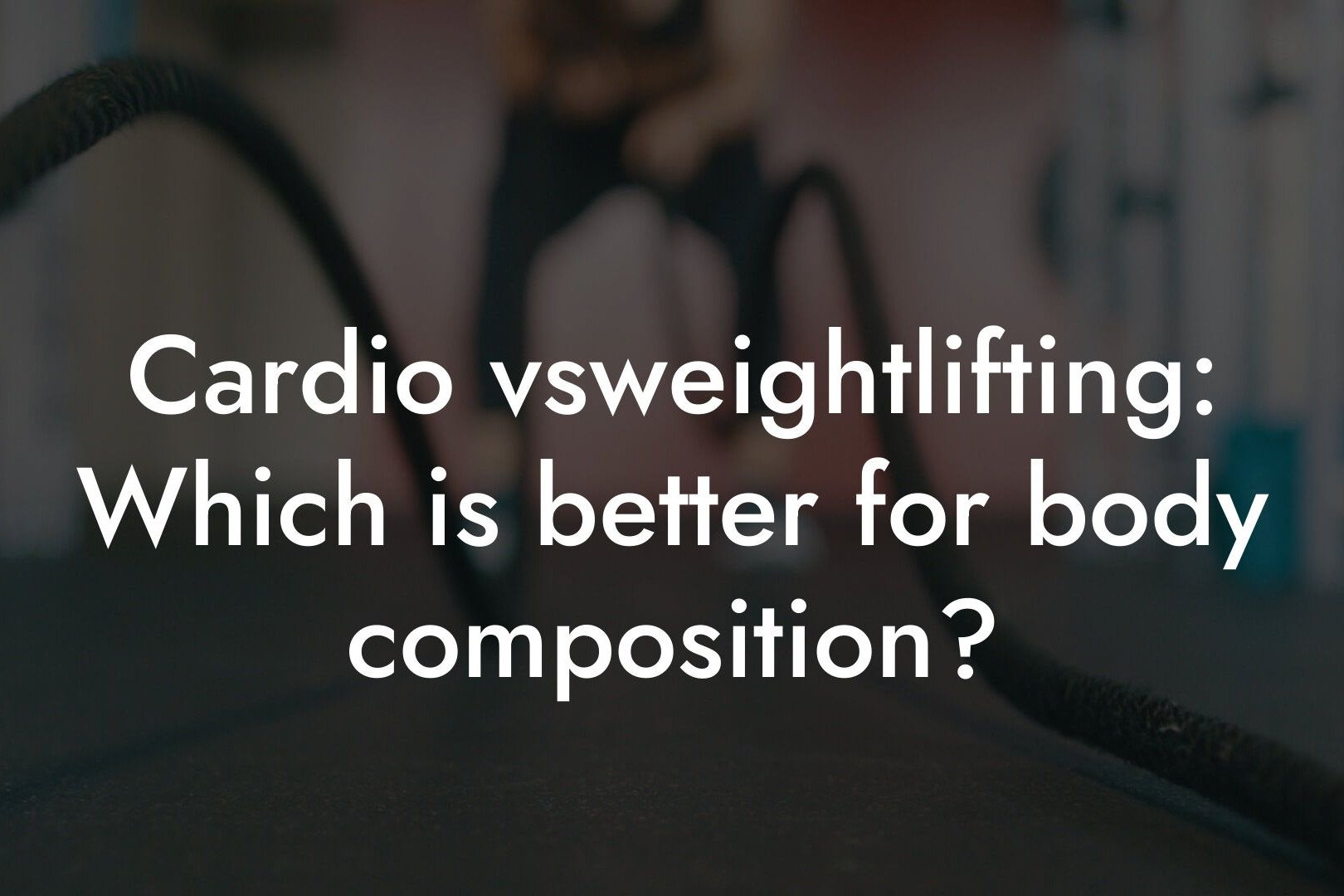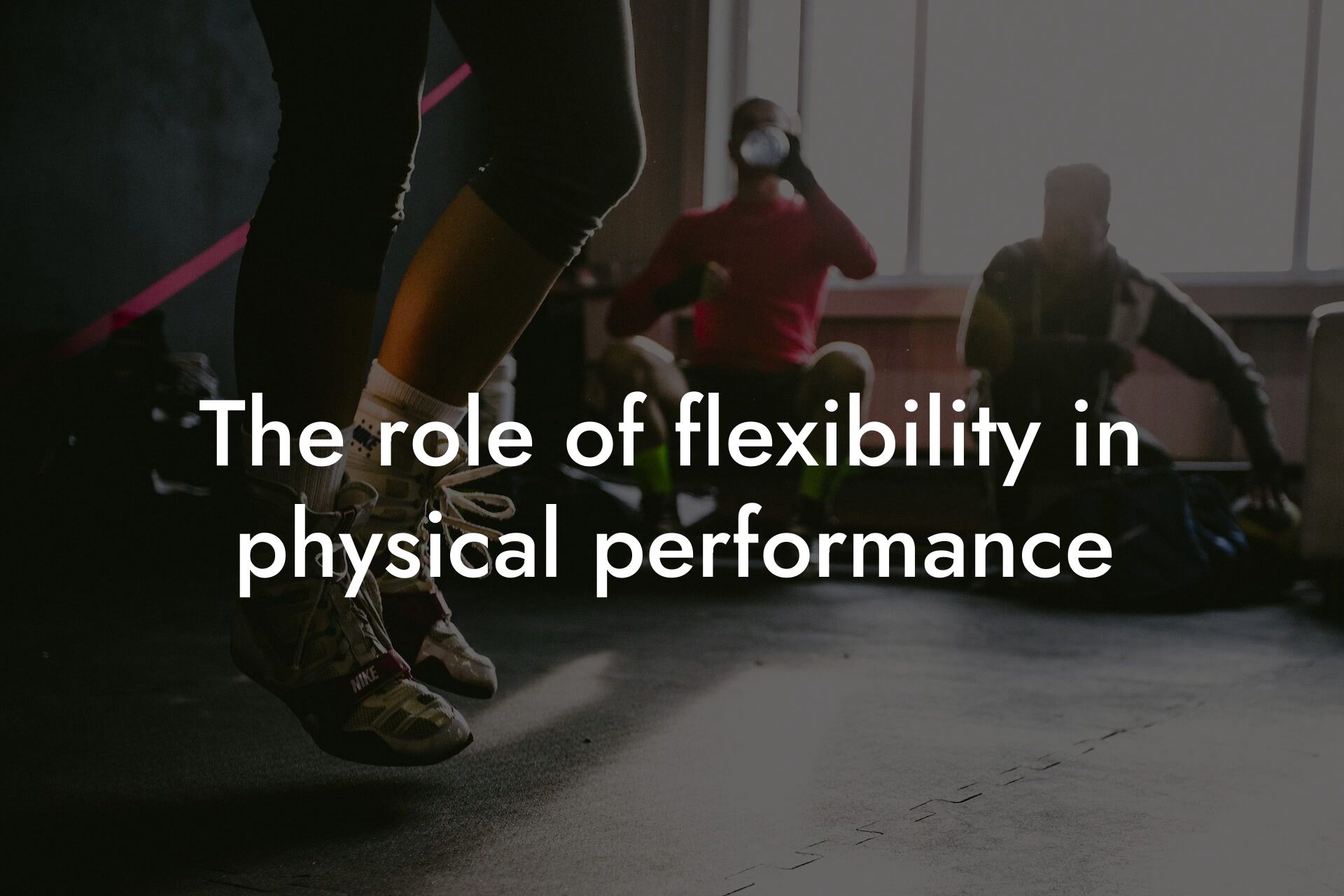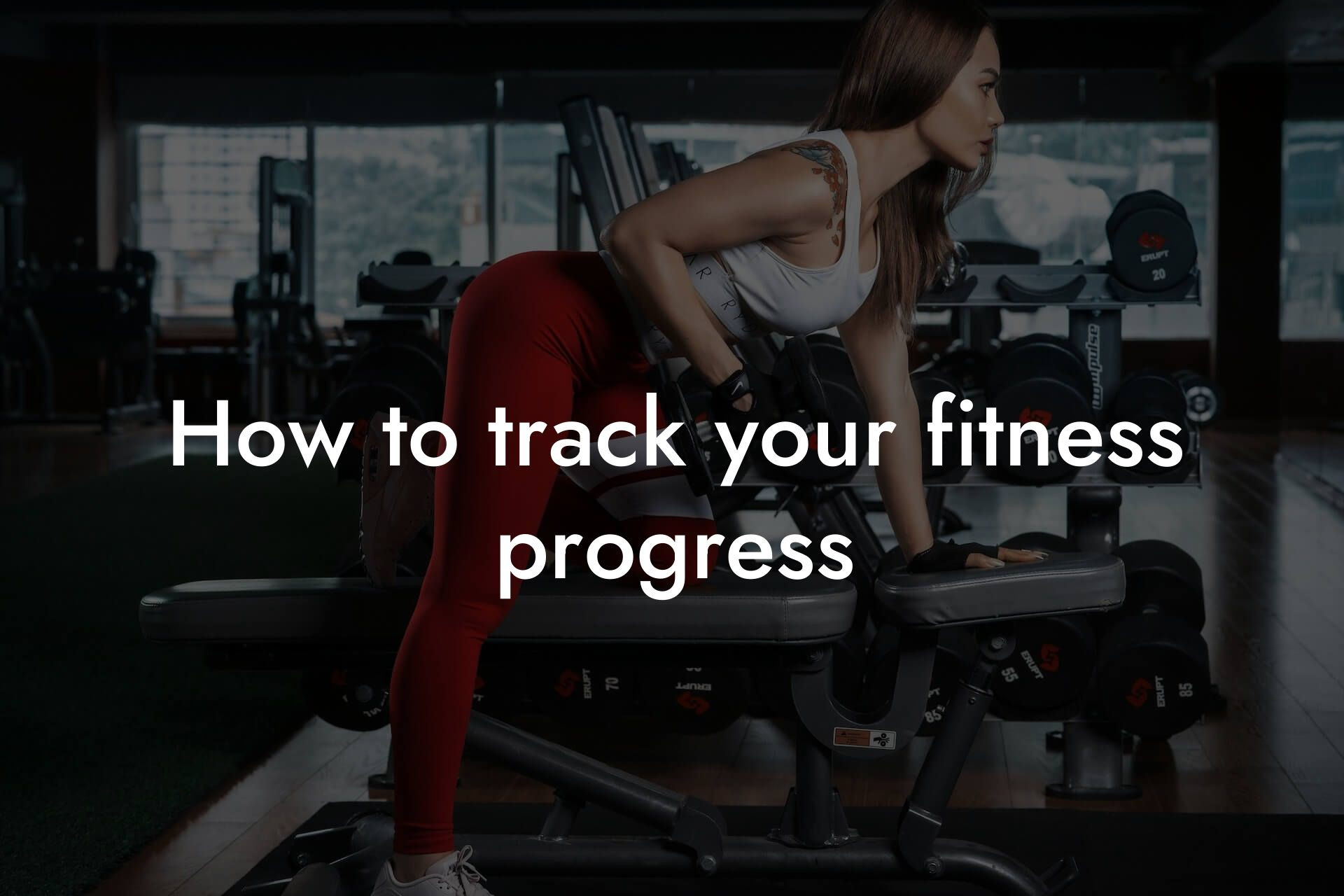High-Intensity Interval Training, commonly referred to as HIIT, is a type of workout that involves short bursts of high-intensity exercise followed by brief periods of rest or low-intensity exercise. This type of training has gained popularity in recent years due to its ability to provide an effective and efficient workout in a short amount of time. As a high-earning professional, you understand the importance of making the most of your time, and HIIT is an excellent way to do just that.
Table of Contents
- The Benefits of HIIT for Professionals
- How Does HIIT Compare to Traditional Cardio?
- What Does a Typical HIIT Workout Look Like?
- How to Get Started with HIIT
- How to Incorporate HIIT into Your Busy Schedule
- How HIIT Can Help You Achieve Your Fitness Goals
- How Tano Performance Group Can Help You Achieve Your Fitness Goals
- Frequently Asked Questions
The Benefits of HIIT for Professionals
HIIT is an excellent choice for professionals like yourself who lead busy lives and want to maintain a high level of physical fitness. Some of the benefits of HIIT include:
• Time-Efficiency: HIIT workouts are typically short, lasting anywhere from 15-30 minutes, making them an excellent choice for those with busy schedules.
• Improved Cardiovascular Health: HIIT workouts are designed to push your heart rate up and down repeatedly, improving cardiovascular health and increasing endurance.
• Increased Caloric Burn: HIIT workouts have been shown to burn a high number of calories, both during and after exercise, making them an excellent choice for those looking to lose weight or maintain weight loss.
• Improved Insulin Sensitivity: HIIT has been shown to improve insulin sensitivity, reducing the risk of developing type 2 diabetes.
• Increased Muscle Strength and Endurance: HIIT workouts often involve strength training exercises, which can help improve muscle strength and endurance.
How Does HIIT Compare to Traditional Cardio?
Traditional cardio, such as jogging or cycling, involves sustained periods of moderate-intensity exercise. While traditional cardio can be effective for improving cardiovascular health, it often requires a significant amount of time and can be monotonous. HIIT, on the other hand, provides a more efficient and engaging workout experience. HIIT workouts are typically shorter and more intense, making them an excellent choice for those who want to make the most of their time.
What Does a Typical HIIT Workout Look Like?
A typical HIIT workout involves short bursts of high-intensity exercise followed by brief periods of rest or low-intensity exercise. For example, a HIIT workout might involve:
• Sprints: 30 seconds of all-out sprinting followed by 30 seconds of walking or jogging.
• Burpees: 10-15 burpees followed by 30-60 seconds of rest.
• Jump Squats: 15-20 jump squats followed by 30-60 seconds of rest.
• Mountain Climbers: 30-60 seconds of mountain climbers followed by 30-60 seconds of rest.
How to Get Started with HIIT
Getting started with HIIT is easy! Here are a few tips to help you get started:
• Start Slow: If you're new to HIIT, start with shorter workouts and gradually increase the intensity and duration as you become more comfortable.
• Choose Exercises You Enjoy: HIIT workouts can involve a variety of exercises, so choose exercises that you enjoy and that fit your fitness level.
• Warm Up and Cool Down: Always warm up before starting a HIIT workout and cool down afterwards to prevent injury.
• Find a Workout Buddy: Having a workout buddy can help keep you motivated and accountable.
How to Incorporate HIIT into Your Busy Schedule
As a high-earning professional, you understand the importance of making the most of your time. Here are a few tips for incorporating HIIT into your busy schedule:
• Wake Up Earlier: Wake up 30 minutes earlier each day to fit in a HIIT workout.
• Take a Lunch Break Workout: Use your lunch break to fit in a HIIT workout.
• Try Online Workouts: There are many online HIIT workouts available that can be done from the comfort of your own home or office.
• Schedule It In: Treat your HIIT workouts as non-negotiable appointments and schedule them into your calendar.
How HIIT Can Help You Achieve Your Fitness Goals
HIIT is an excellent way to achieve your fitness goals, whether you're looking to lose weight, improve body composition, or increase muscle mass. By incorporating HIIT into your workout routine, you can:
• Increase Your Metabolism: HIIT workouts have been shown to increase metabolism, helping you burn more calories at rest.
• Improve Body Composition: HIIT workouts can help you build muscle and lose fat, improving overall body composition.
• Increase Muscle Mass: HIIT workouts often involve strength training exercises, which can help increase muscle mass.
How Tano Performance Group Can Help You Achieve Your Fitness Goals
At Tano Performance Group, we understand the importance of achieving your fitness goals. That's why we offer a comprehensive body assessment using our state-of-the-art DEXA machine. Our DEXA machine provides a detailed breakdown of your body composition, including body fat percentage, muscle mass, and bone density. With this information, you can create a personalized workout plan that targets your specific fitness goals. Our team of experts will work with you to create a customized workout plan that incorporates HIIT and other exercises to help you achieve your goals.
High-Intensity Interval Training is an excellent way for busy professionals like yourself to improve cardiovascular health, increase caloric burn, and achieve your fitness goals. By incorporating HIIT into your workout routine, you can make the most of your time and achieve the body you've always wanted. Remember to start slow, choose exercises you enjoy, and schedule your workouts into your busy schedule. And, if you're looking for a more personalized approach, consider working with Tano Performance Group to create a customized workout plan that targets your specific fitness goals.
Frequently Asked Questions
What is High-Intensity Interval Training (HIIT) and how does it benefit professionals?
HIIT is a type of workout that involves short bursts of high-intensity exercise followed by brief periods of rest or low-intensity exercise. This type of training is beneficial for professionals as it can be adapted to fit into a busy schedule, improves cardiovascular health, increases caloric burn, and enhances mental focus and productivity.
How does HIIT differ from traditional cardio exercises?
HIIT differs from traditional cardio exercises in that it involves short, intense bursts of exercise rather than sustained periods of moderate-intensity exercise. This approach has been shown to be more effective for weight loss and improving cardiovascular health in less time.
What are the physical benefits of HIIT for professionals?
HIIT can help professionals improve their physical appearance by increasing muscle mass, reducing body fat, and enhancing bone density. It can also improve cardiovascular health, increase endurance, and boost metabolism.
How can HIIT improve mental health and focus for professionals?
HIIT has been shown to reduce stress and anxiety, improve mood, and enhance cognitive function. The intense physical activity stimulates the release of endorphins, which can help professionals feel more focused and energized throughout the day.
Can HIIT be adapted for professionals with busy schedules?
Yes, HIIT can be adapted to fit into even the busiest of schedules. Workouts can be as short as 10-15 minutes, and can be done at home, in a hotel room, or during a lunch break.
Do I need to be in good physical shape to start a HIIT program?
No, HIIT can be modified to suit any fitness level. Beginners can start with shorter intervals and gradually increase the intensity and duration as they become more comfortable with the exercises.
What types of exercises are typically used in a HIIT workout?
HIIT workouts often incorporate a variety of exercises, including sprints, burpees, jump squats, mountain climbers, and plank jacks. These exercises are designed to be high-intensity and can be modified to suit individual fitness levels.
How often should I do HIIT workouts?
It's recommended to do HIIT workouts 2-3 times per week, with at least one day of rest in between. This allows for adequate recovery time and can help prevent injury or burnout.
Can HIIT be used in conjunction with other forms of exercise?
Yes, HIIT can be used in conjunction with other forms of exercise, such as strength training or yoga, to create a well-rounded fitness program.
How long does a typical HIIT workout last?
A typical HIIT workout can last anywhere from 10-30 minutes, depending on the intensity and duration of the intervals.
Do I need any special equipment to do HIIT workouts?
No, HIIT workouts can be done with minimal equipment, such as a timer and a pair of shoes. Many exercises can be done bodyweight, and others may require simple equipment like dumbbells or a jump rope.
How can I track my progress with HIIT?
You can track your progress with HIIT by monitoring your heart rate, weight, body fat percentage, and measurements. You can also track your workout times, intensity, and rest periods to see how you're improving over time.
Is HIIT safe for professionals with injuries or health conditions?
HIIT can be modified to accommodate injuries or health conditions, but it's essential to consult with a healthcare professional or certified trainer before starting a program. They can help you create a customized workout plan that takes into account your individual needs and limitations.
Can HIIT be done with a partner or in a group setting?
Yes, HIIT can be done with a partner or in a group setting, which can help increase motivation and accountability. Many gyms and fitness studios offer HIIT classes, and you can also find workout buddies online or through social media.
How can I stay motivated with HIIT?
You can stay motivated with HIIT by setting specific, achievable goals, tracking your progress, and finding a workout buddy or accountability partner. You can also mix up your workout routine and try new exercises to avoid boredom and prevent plateaus.
What are some common mistakes professionals make when starting a HIIT program?
Common mistakes professionals make when starting a HIIT program include not warming up properly, not listening to their bodies and pushing too hard, and not incorporating rest days into their routine. It's essential to start slowly, listen to your body, and prioritize recovery to avoid injury or burnout.
How can I incorporate HIIT into my daily routine?
You can incorporate HIIT into your daily routine by scheduling workouts into your calendar, finding a workout buddy or accountability partner, and making it a non-negotiable part of your daily routine.
What are the benefits of HIIT for professionals over 40?
HIIT can be particularly beneficial for professionals over 40 as it can help improve cardiovascular health, increase bone density, and reduce the risk of chronic diseases like diabetes and heart disease.
Can HIIT be used for weight loss?
Yes, HIIT can be an effective way to lose weight and improve body composition. The high-intensity intervals can help increase caloric burn and boost metabolism, leading to weight loss and improved overall health.
How can I make HIIT more challenging as I get more fit?
You can make HIIT more challenging as you get more fit by increasing the intensity or duration of your workouts, adding more exercises or intervals, or incorporating more advanced exercises like plyometrics or agility drills.
What are some common misconceptions about HIIT?
Common misconceptions about HIIT include the idea that it's only for young, fit individuals, or that it's too intense and can't be modified for beginners. However, HIIT can be adapted to suit any fitness level, and is an effective way to improve cardiovascular health and burn calories.
How can I find a certified HIIT trainer or program?
You can find a certified HIIT trainer or program through online directories, social media, or by asking for referrals from friends or colleagues. Look for trainers or programs that are certified by reputable organizations like the American Council on Exercise (ACE) or the National Academy of Sports Medicine (NASM).
Here are some related articles you might love...
- Cardio vs weightlifting: Which is better for body composition?
- The role of flexibility in physical performance
- How to track your fitness progress
- How to avoid injury during workouts
- Strength training for muscle gain and fat loss
- Group fitness vs personal training: What’s right for you?
- Effective workout routines for busy schedules
- Importance of recovery and rest days
- Yoga and its benefits for bone density
Zak Faulkner
Zak Faulkner is a leading authority in the realm of physical health and body composition analysis, with over 15 years of experience helping professionals optimise their fitness and well-being. As one the experts behind Tano Performance Group, Zak has dedicated his career to providing in-depth, science-backed insights that empower clients to elevate their physical performance and overall health.
With extensive knowledge of DEXA technology, Zak specializes in delivering comprehensive body assessments that offer precise data on body fat, muscle mass, bone density, and overall physique. His expertise enables individuals to make informed decisions and achieve their fitness goals with accuracy and confidence. Zak’s approach is rooted in a deep understanding of human physiology, combined with a passion for helping clients unlock their full potential through personalised strategies.
Over the years, Zak has earned a reputation for his commitment to excellence, precision, and client-focused service. His guidance is trusted by top professionals who demand the best when it comes to their health. Whether advising on fitness programs, nutritional strategies, or long-term wellness plans, Zak Faulkner’s insights are a valuable resource for anyone serious about taking their health and fitness to the next level.
At Tano Performance Group, Zak continues to lead our Content Team revolutionising how professionals approach their physical health, offering unparalleled expertise that drives real results.




